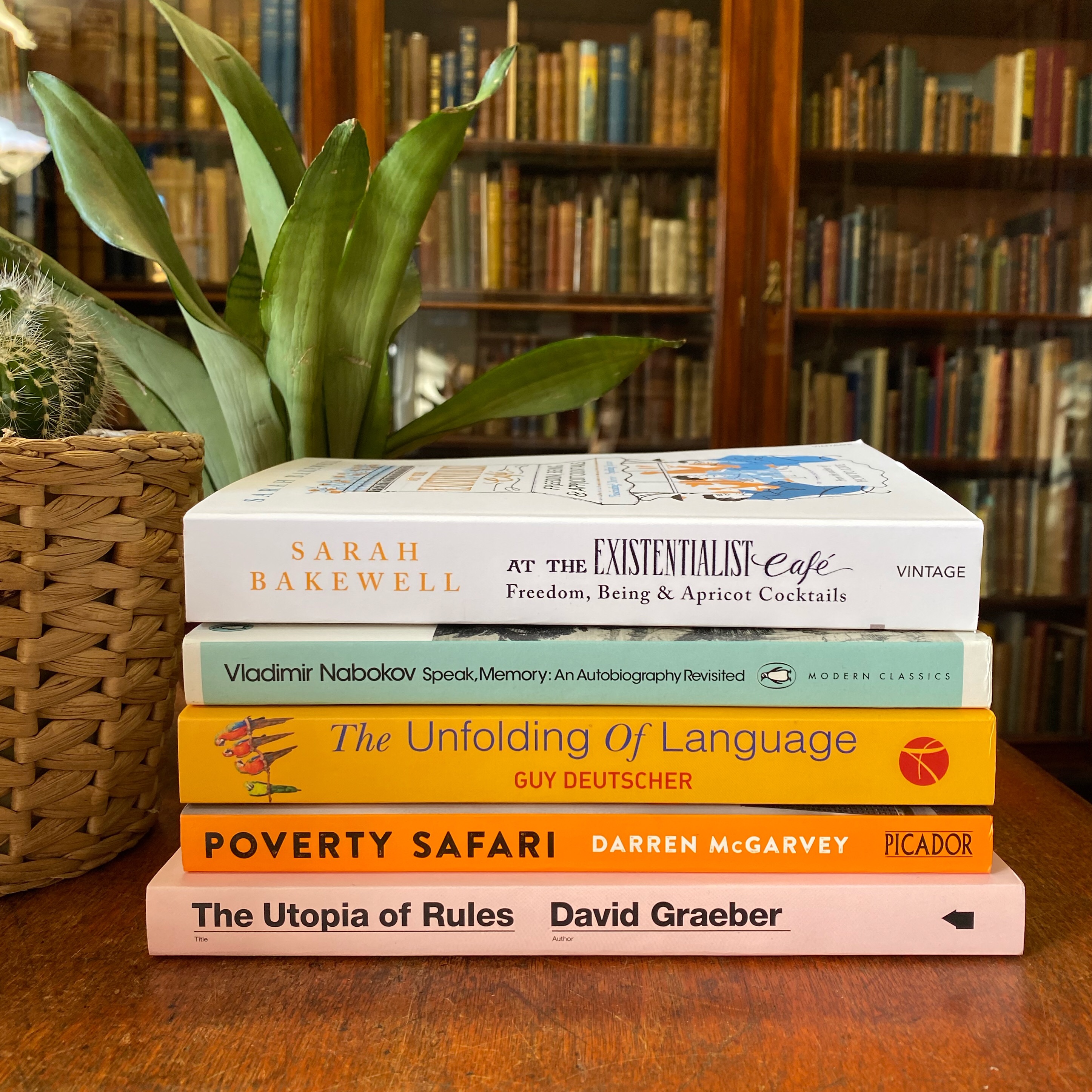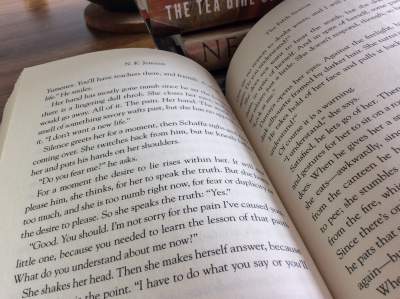

Their inclusion feels internally consistent to the setting.


Races exist, with mixed-lineages prevailing in areas of confluence. The important question is whether or not this diversity was added in a way that makes sense, rather than added willy-nilly for the sake of greater representation, and in this regard, I feel that this achieved. The cast of this novel is notable for its diversity. It wasn't really distracting, regardless. I could quibble slightly here and say that some of these stylistic choices are used to the point of overuse, but it might be because I was absorbing her book so rapidly that I encountered these more frequently than I was meant to. To emphasize dramatic points in her plot. There are frequent ellipses, frequent use of ambiguous words like "something/somehow" to describe an action or a scene, and interesting stylistic choices, such as breaking a sentence If I can be forgiven for comparing directly to another author's works, it feels a bit Sanderson-ish in that regard - there's a certain casualness in way she communicates. The Stillness clearly has a lot going on for it: a surviving-the-apocalypse scenario, a dystopian throw-off-the-yoke-of-the-Empire situation just waiting to happen, mysterious ruins, lore, and lost history, secretive nonhuman races, and all within the confines of a tectonically-unstable planet.Īnother thing which struck me about Jemisin's writing is how very digestible her prose is. (For context, all three of the last three books I read were more traditionally "fantasy" in the medieval-European way: The Last Unicorn, Assassin's Apprentice, and Tigana).

The book edges on a bit of sci-fi, but it contrasts so sharply to my recent reading that it was a breath of fresh air. I found it to be a very quick read, but I have a lot to say (again), so fair warning, this post is long.įirst things first: setting. I literally finished Jemisin's The Fifth Season the other day (heh, is there any other way to finish a book?), but it's taken me a little while to sort out my thoughts.


 0 kommentar(er)
0 kommentar(er)
